The pulse of a Ferrari has always been mechanical. The rising pitch of a V12, the metallic crackle of a downshift, the way the engine seemed to speak through the steering wheel. It was a language made of sound and vibration, and for decades it defined what emotion in driving felt like. The Ferrari Elettrica, partially revealed in Maranello this week, speaks a different language. Its voice is quieter, but the intent is unchanged.
At Capital Markets Day, Ferrari presented the production-ready chassis and powertrain of its first fully electric model. This is not a vision of what might come, but the physical foundation of the car that will arrive in 2026. It represents one of the most significant shifts in the company’s 76-year history. Yet the message from Maranello was clear: the Elettrica is not a departure from Ferrari’s soul, only a new way of expressing it.
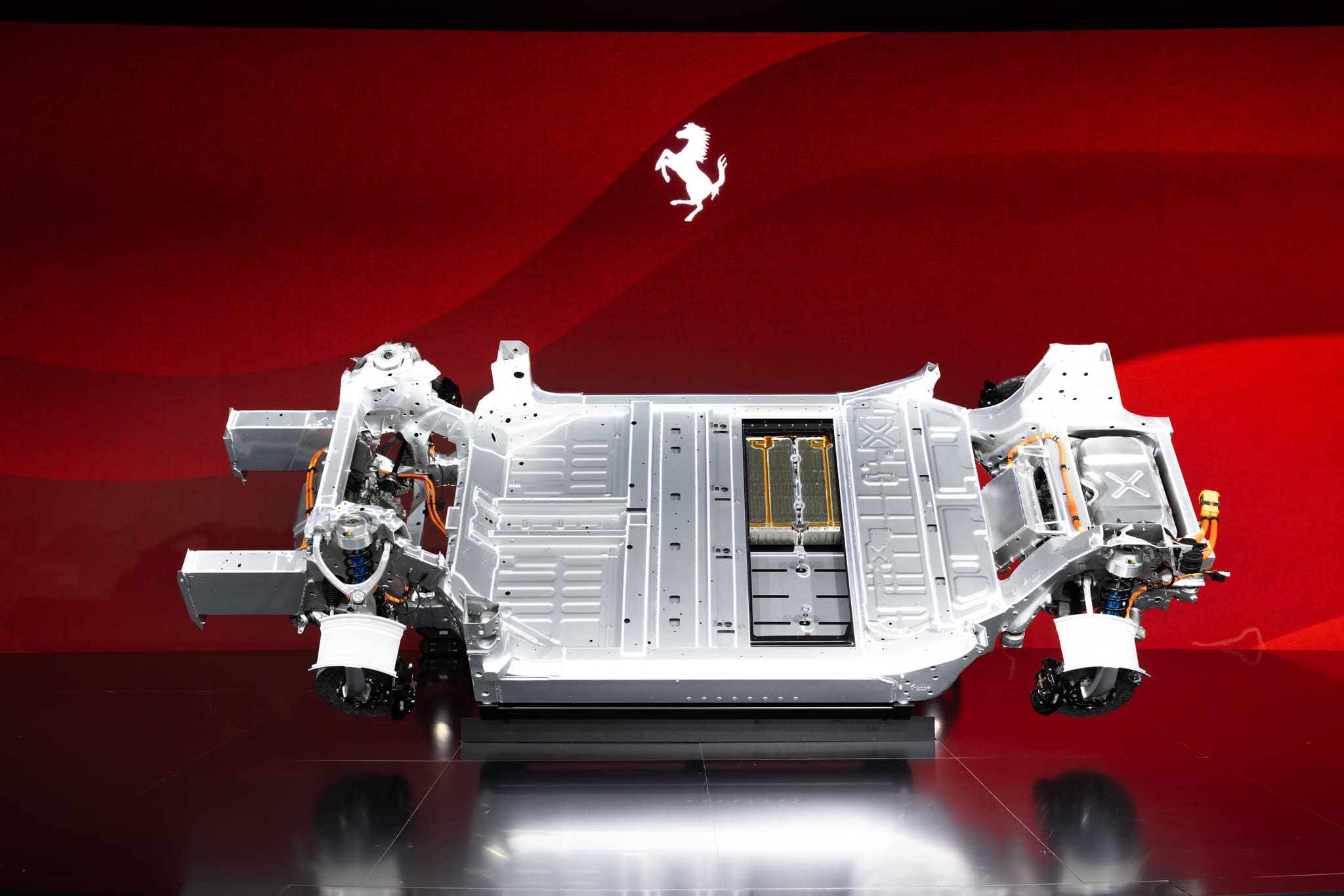
A new balance
The Elettrica’s proportions draw from the brand’s mid-engined berlinettas. The driver sits close to the front axle, creating that intimate sense of control that has long defined Ferrari sports cars. The battery, designed and assembled entirely in-house, forms a structural part of the chassis rather than a separate component. This allowed engineers to lower the centre of gravity by 80 millimetres compared with a similar combustion model. It also helps maintain near-perfect balance between the front and rear axles, a quality essential to how a Ferrari turns, brakes and settles on the road.
Much of the chassis and body are made from recycled aluminium, saving over six tons of CO₂ during production. The focus on sustainability does not dilute performance; it refines it. The battery’s energy density is among the highest in any production car, yet the real breakthrough lies in how seamlessly it integrates into the car’s structure. It does not weigh the car down. It holds it together.
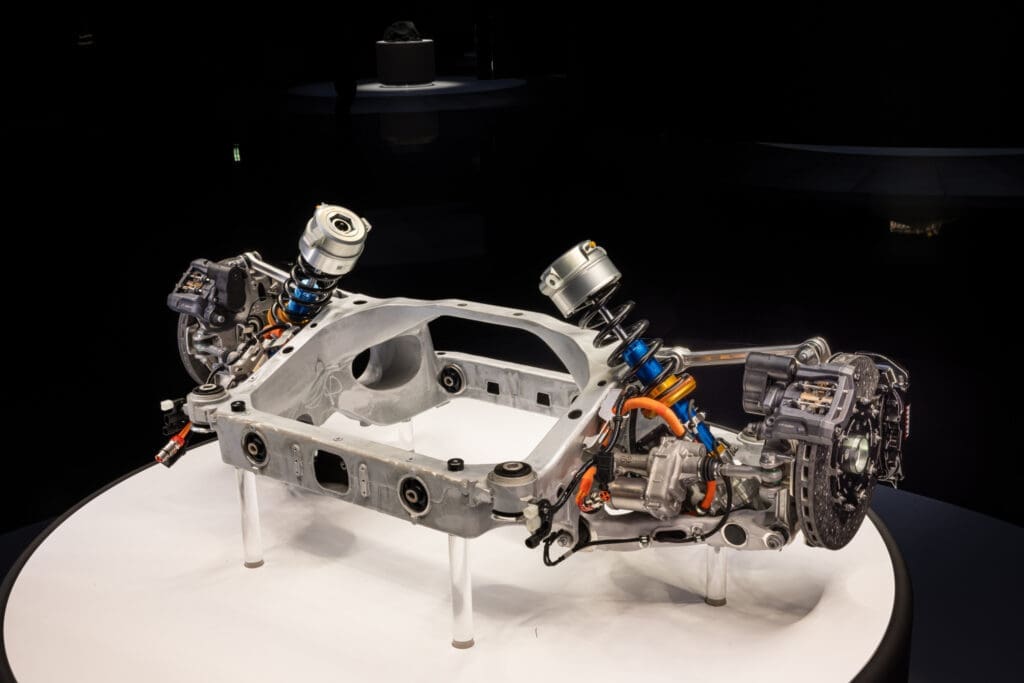
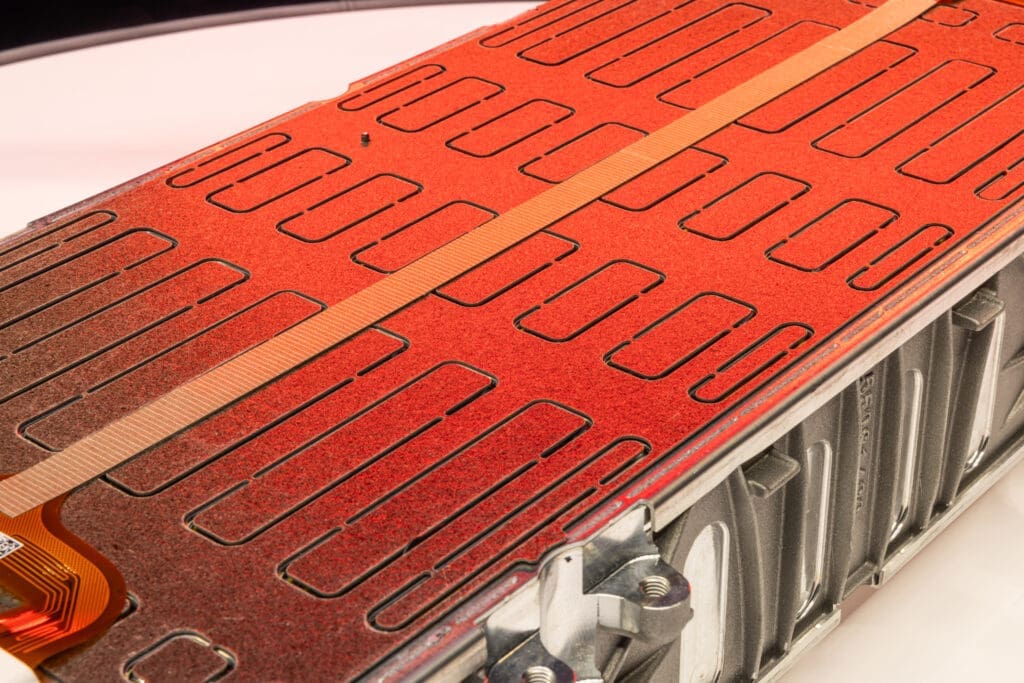
Motion, redefined
Power comes from four electric motors, two per axle, all developed in Maranello. Together they produce over 1,000 cv in boost mode and deliver instant torque that reshapes what acceleration feels like. Where a traditional Ferrari builds its power through revs, the Elettrica delivers it in a single, continuous surge. The result is not just speed, but a new rhythm.
Ferrari’s engineers have given that energy a sense of progression. Using the right paddle behind the steering wheel, the driver can step through five levels of power delivery, each one stronger than the last. The system is designed to make acceleration feel alive rather than automatic. The left paddle increases regenerative braking, allowing the driver to manage deceleration with the same tactile involvement as an engine brake.
The 48-volt active suspension, an evolution of the system introduced on the Purosangue, works alongside four-wheel steering to maintain control in every situation. The car’s central control unit updates 200 times per second, constantly adjusting torque, suspension, and steering angle. The aim is the same as always: precision that feels effortless.
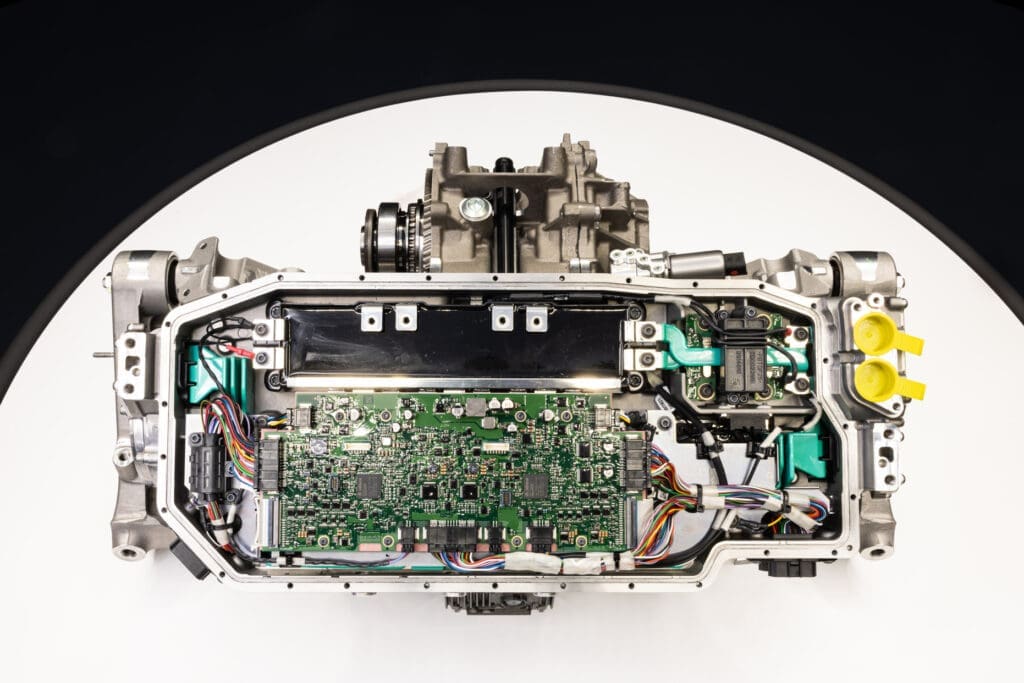
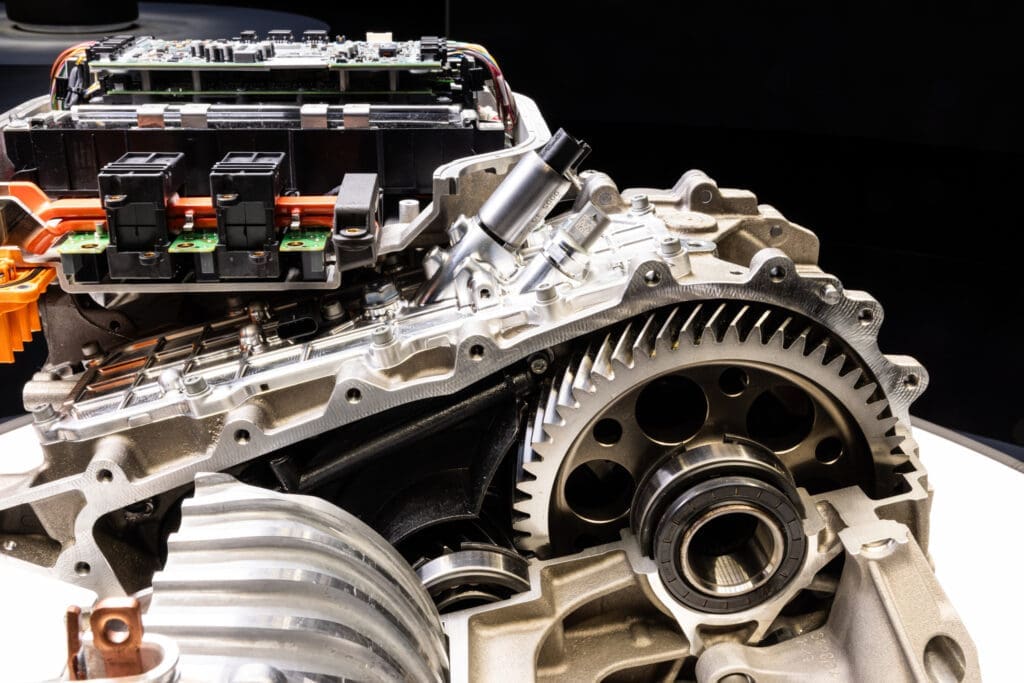
The sound of truth
Ferrari could have programmed an artificial soundtrack. It chose not to. Instead, a sensor on the rear inverter captures the vibrations of the electric motors and amplifies them through the car’s structure. The sound is authentic and mechanical, more resonance than roar. It appears only when useful, fading away when the car is at rest. The result is not silence, but honesty.
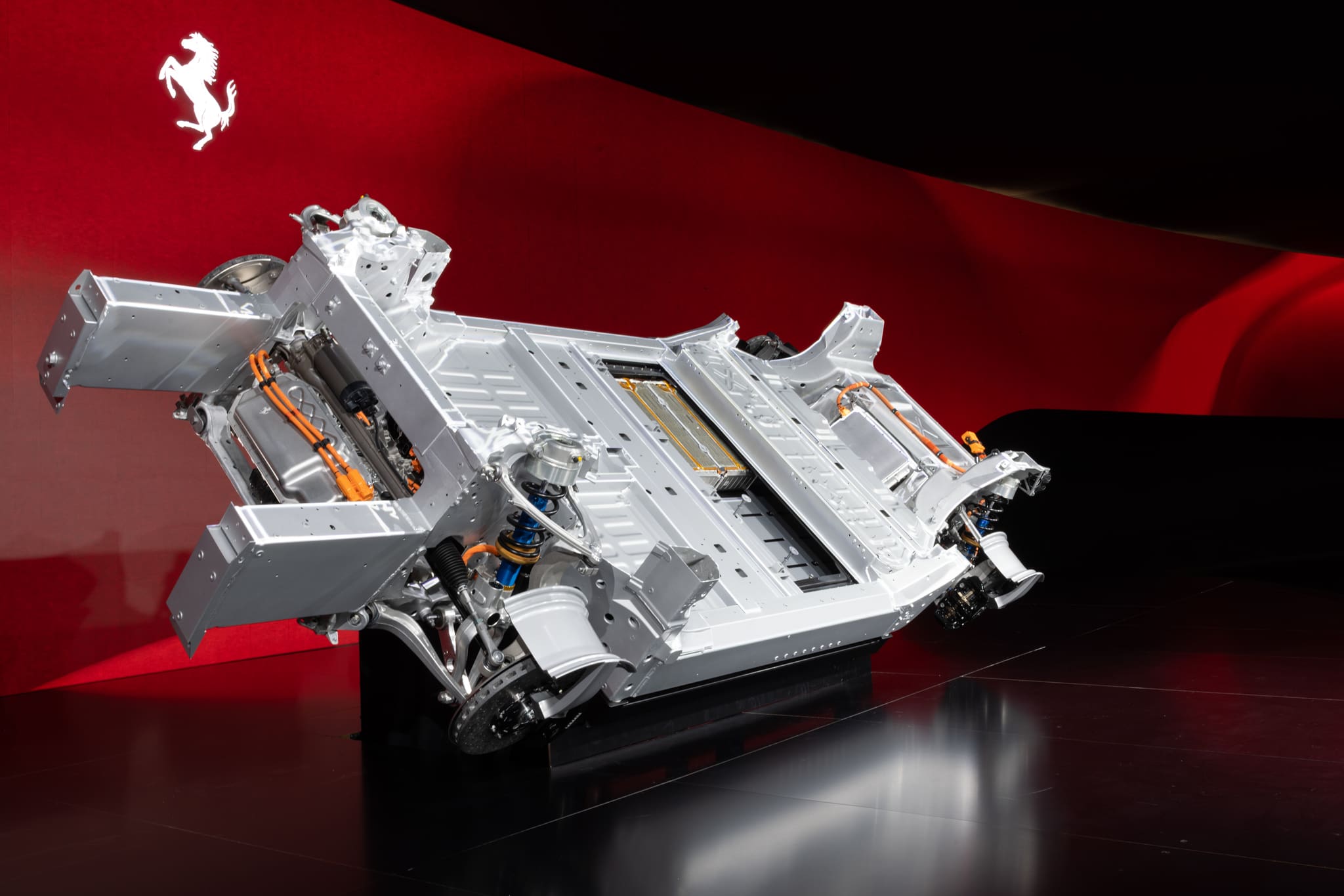
The meaning of this moment
The Elettrica accelerates from 0 to 100 km/h in 2.5 seconds and reaches 310 km/h. It can travel more than 500 kilometres on a single charge. These numbers confirm its ability, but the achievement is not technical alone. It lies in how naturally Ferrari has made an electric car feel like a Ferrari.
A combustion engine connects driver and machine through pulse and vibration. An electric motor connects them through immediacy. One speaks with sound, the other with silence. The Elettrica shows that both can move you, each in its own way.
When the final car is unveiled next year, it will not be remembered for what it lacks, but for what it preserves. The feeling of control. The precision of movement. The sense that even in a new age of power, a Ferrari remains something that lives between heart and hands.
Read more about cars here.